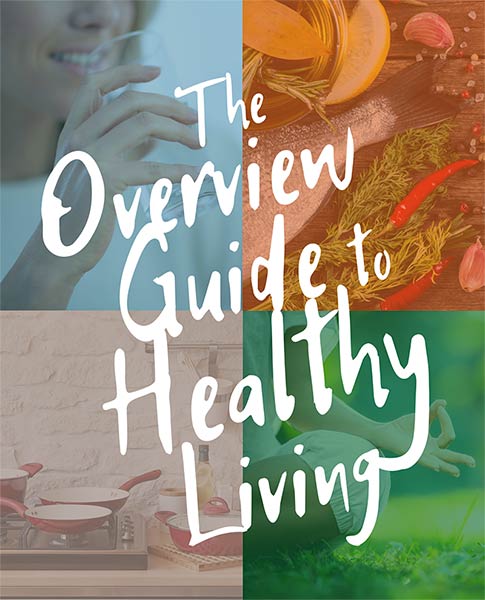A fever is generally the body’s response to an invader. Viral and bacterial infections cause the immune system, and specifically macrophages, to produce endogenous pyrogens. These specialized proteins signal the hypothalamus to raise body temperature (Wolff & Dinarello, 1980). Interleukin-1 is one of these pyrogenic cytokines; besides affecting body temperature, it stimulates production of CHR, a hormone responsible for hunger and sleep regulation (Mantovani, 2003). The raised temperature creates a hostile environment in which viruses and bacteria cannot easily replicate. Sleep allows the individual to rest, while inappetence allows the body to take care of the invader; instead of diverting blood to the digestive system: as the old adage goes “feed a cold, starve a fever”. While it is ok to fast, one must be careful to keep well hydrated.
Herbal medicine regards fever not as a diseased state that needs to be suppressed, but as a biological process that needs to be facilitated. Nonetheless, the practitioner must be cautious when working with fever: there are cases in which a fever and accompanied symptoms call for medical intervention. In a child, a high fever accompanied by stiff neck can be a sign of meningococcal infection that must be confirmed through spinal tap. Febrile seizures and temperatures above 103 degrees require medical intervention. In these cases, fever-reducing medication can be life-saving, but they must be used when appropriate. But in the case of a non-threatening fever, medication can hinder immune response, doing more harm than good (Walter, et al., 2017).
A fever that is not accompanied by dangerous symptoms is generally addressed with diaphoretic herbs. Diaphoretic herbs are also called sudorific because they induce sweat. By doing so, they help lower body temperature. Diaphoretic herbs are grouped into warming (for example yarrow, chamomile, elderflower) or cooling herbs (peppermint), and they can be used in conjunction with immune-boosting herbs like elderberry and Echinacea. If a stronger fever-reducing approach is needed, the use of cooling bitters is preferred, though their use must be closely monitored. Dandelion root, gentian root, and chicory root are examples of cooling bitters that have a more aggressive effect on fever while fighting bacterial overgrowth in the digestive tract at the same time (Bone & Mills, 2013).
A good practitioner must be armed with a reliable thermometer and must be familiar with the stages of fever (Walter et al. 2016) so that they can monitor the patient’s progress as well as administer the correct remedies. If a fever is not progressing, warming herbs can be given to stimulate circulation. Echinacea, garlic, ginger, cayenne and cinnamon can all stimulate a raise in temperature to help a fever do its job (Bone & Mills, 2013).
Patient care does not end when a fever breaks but continues through the recovery period. During this time, it is important that the patient rests adequately and that they start reintroducing nourishing foods. It is good to begin slowly; sipping on warm broth is recommended to wake up the digestive system. The herbal remedies indicated for the convalescent stage are tonics like Echinacea, cardamom seed, dandelion root and gentian root.
References
Bone, K. & Mills, S. (2013). Principles and Practice of Phytotherapy (p.147). Elsevier Health Sciences.
Mantovani, A. (2003). Interleukin-1 (IL-1). In Encyclopedia of Hormones (pp. 405–412). Elsevier.
Walter, E. B., Hornik, C. P., Grohskopf, L., McGee, C. E., Todd, C. A., Museru, O. I., … Broder, K. R. (2017). The effect of antipyretics on immune response and fever following receipt of inactivated influenza vaccine in young children. Vaccine, 35(48 Pt B), 6664–6671.
Walter, E.J., Hanna-Jumma, S., Carraretto, M. et al. (2016). The pathophysiological basis and consequences of fever. Crit Care 20, 200 (2016). doi:10.1186/s13054-016-1375-5
Wolff, S. M., & Dinarello, C. A. (1980). The Jeremiah Metzger Lecture. The pathogenesis of fever in human subjects. Transactions of the American Clinical and Climatological Association, 91, 159–166.

